speedbump305
Member
On April 14, 1886, the deadliest tornado in Minnesota history struck the cities of Sauk Rapids and Saint Cloud. The tornado started out rather small with a 100-ft wide path. Early in its life, the tornado snapped thick oak trees 15-20 ft above the ground, gravestones were overturned and large stones were reportedly ripped out of the ground and rolled. As it approached the city of Saint Cloud, the tornado rapidly intensified and grew to about 200 yards in width. It then tore through the residential and railroad districts of Saint Cloud. Dozens of small homes were completely swept away, railroad buildings were destroyed, loaded railcars were tossed considerable distances and railroad tracks were torn up. As it crossed the Mississippi River into Sauk Rapids, it destroyed half of an iron bridge before devastating the town of Sauk Rapids. Large sections of the town were completely leveled with multiple homes/businesses being swept away. A one-ton safe was carried across a street, another five-ton safe was moved 6 ft and the ground was reportedly "plowed up." The tornado lofted massive amounts of debris which it dumped over the prairie as it moved through rural areas near the settlement of Buckman, 17 miles NW of Sauk Rapids. The tornado dissipated around here but the storm soon dropped another violent tornado which swept away two farms in the Buckman Township. 74 people were killed by the Sauk Rapids tornado while 2 were killed by the Buckman tornado. These tornadoes were apart of a massive outbreak extending from Minnesota to Texas.
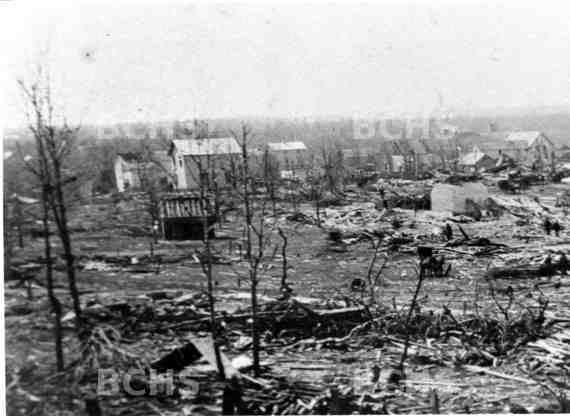
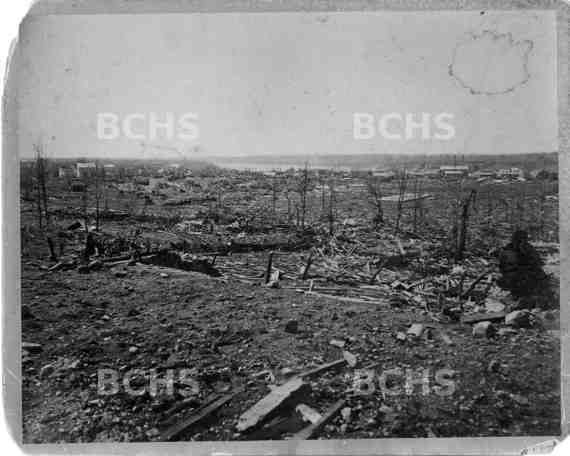
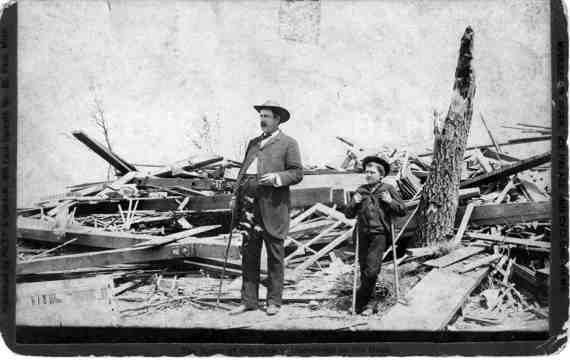
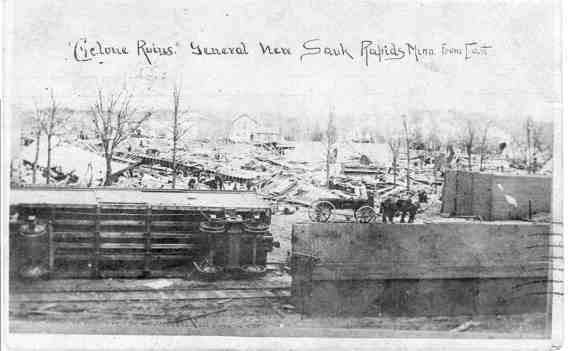

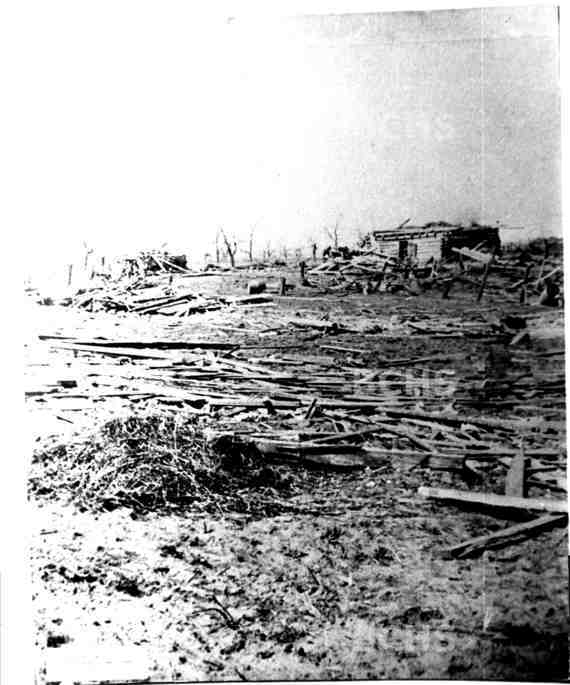
View attachment 8094
Oh my gosh

